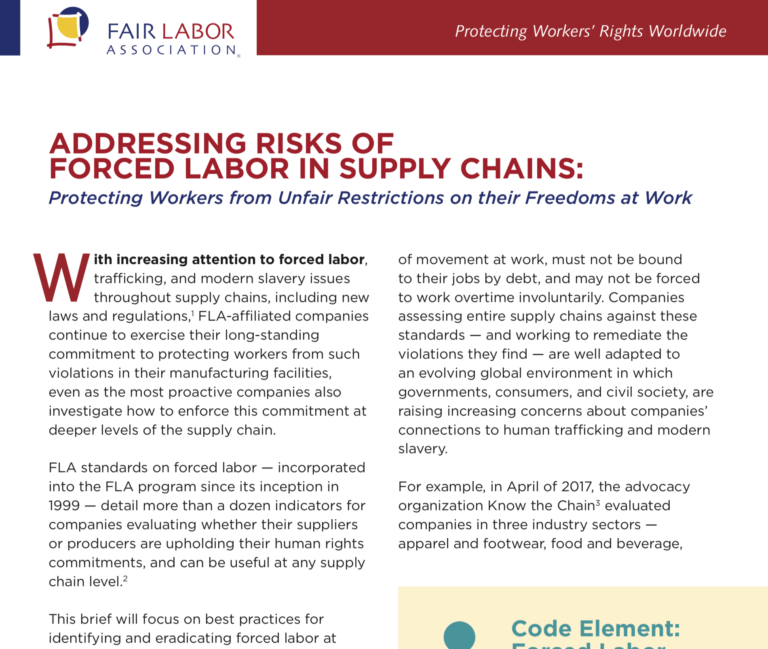Sustainability Report 2019- Responsible Sourcing
Good PracticesWilmar International Limited (‘Wilmar’ or ‘the Group’) has prepared this report in accordance with the Global Reporting Initiative Sustainability Reporting Standards (GRI Standards): Core option. This report examines sustainability; our...Read More

